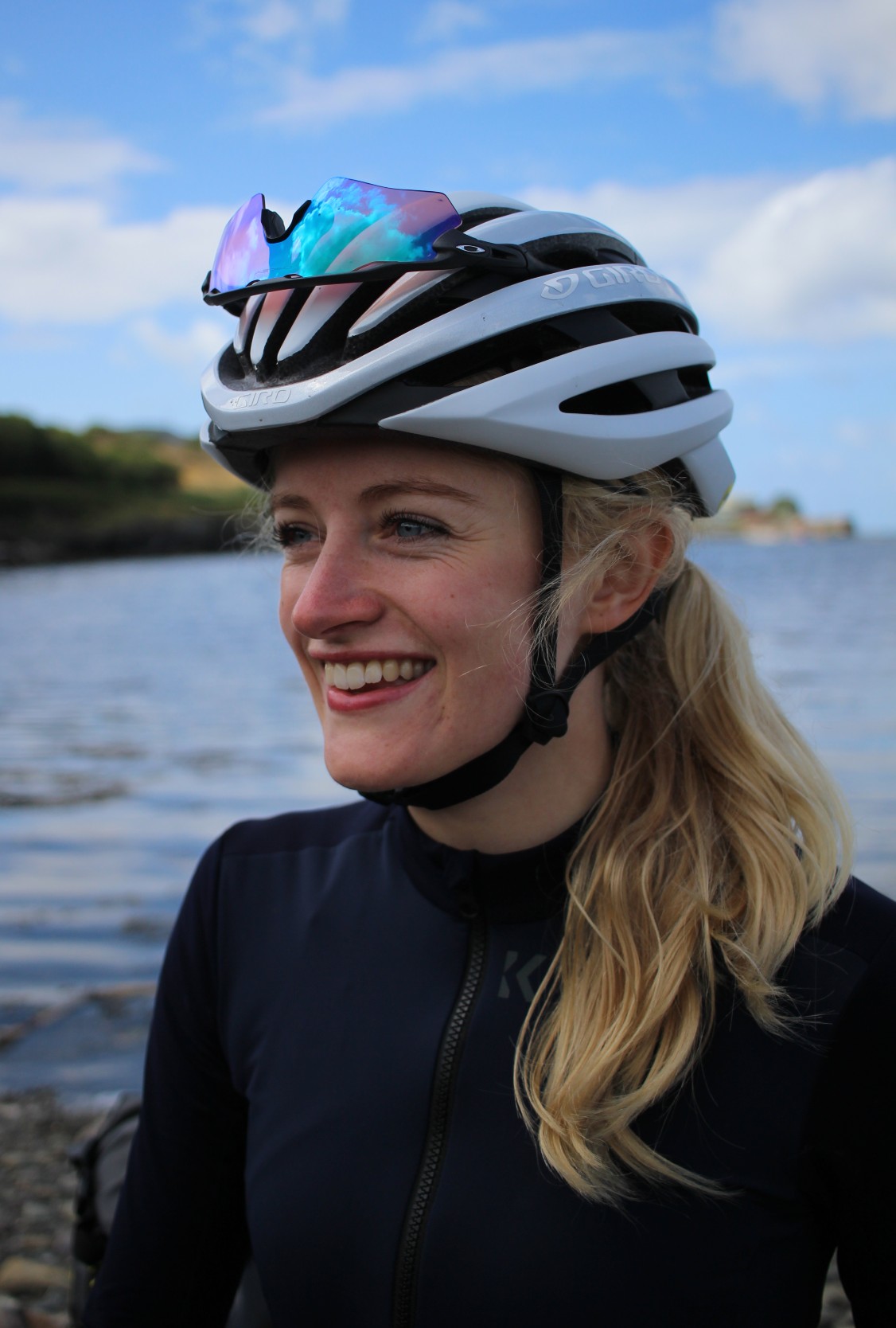As the trendy cousin of cycle touring, bikepacking has surged in popularity, and so has the range of bikepacking bags. Bikepacking is a pursuit that has something for all cyclists, providing escapism and adventure in equal measure, but what do you need for the ideal bikepacking setup?
Bikepacking has risen out of cyclists’ desire for self-sufficient travel on any terrain and the gear is designed to be adaptable to meet those needs.
From ultra-endurance races crossing continents and mountain ranges to weekend escapes from the city, bikepacking is here to stay.
The vast range of bikepacking bags available can be overwhelming, so we’re here to help you get going. This guide covers the bikepacking essentials you’ll need to go on an adventure with your bike.
Bikepacking bags vs panniers
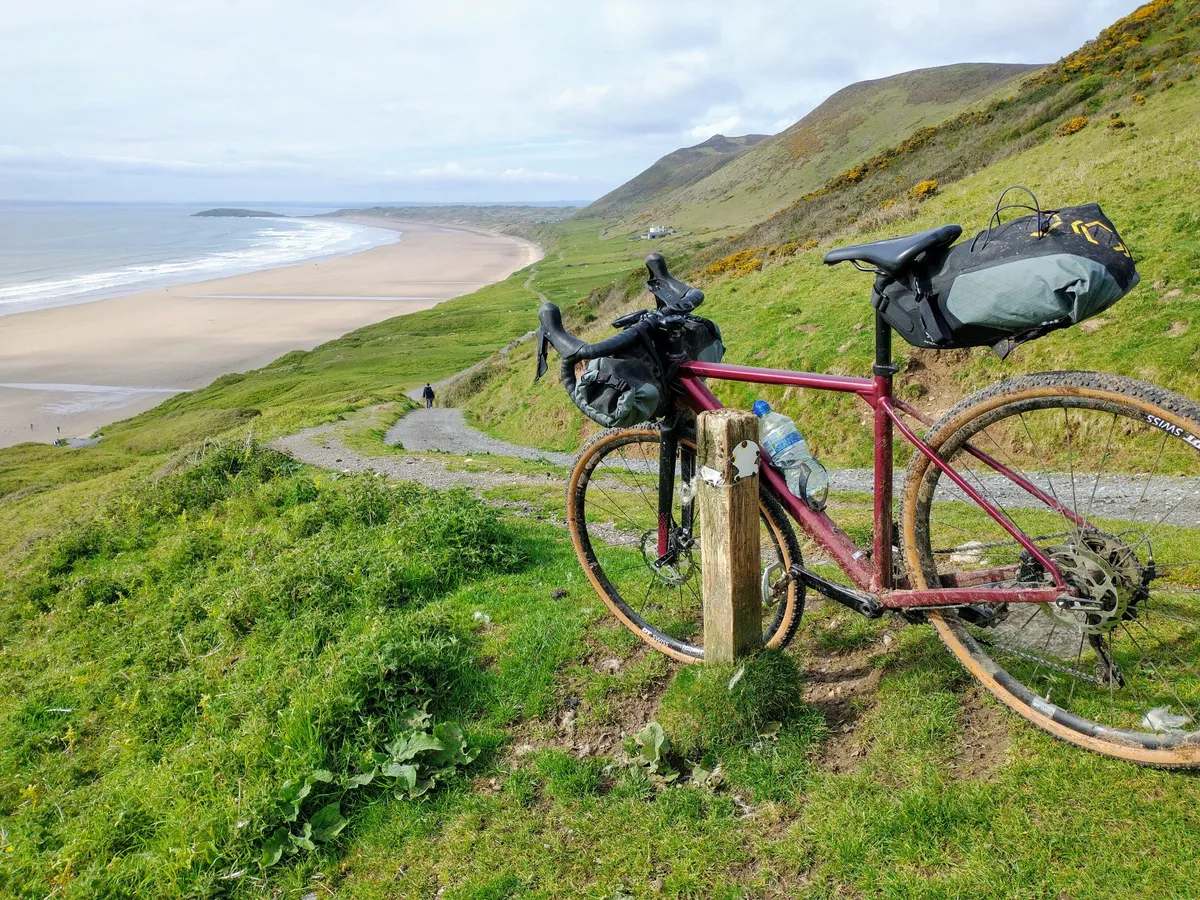
One of the key differences between traditional cycle touring and bikepacking is how you carry your kit on the bike.
Pannier bags and luggage racks are a classic approach to carrying kit on your bike, offering stability and volume for cycle touring.
However, a rack and pannier setup can be heavier than strap-on bags. They usually require bikes with rack mounts.

In the world of packing light and travelling far, bikepacking bags come to the fore, enabling riders to venture further away from paved roads and tackle challenging terrain.
Bikepacking bags are designed for any type of bike, without the need for rack mounts. They are generally soft-bodied and shaped to fit a particular section of your bike.
You can tailor your bikepacking setup by adding and removing the bags you need for a particular trip.
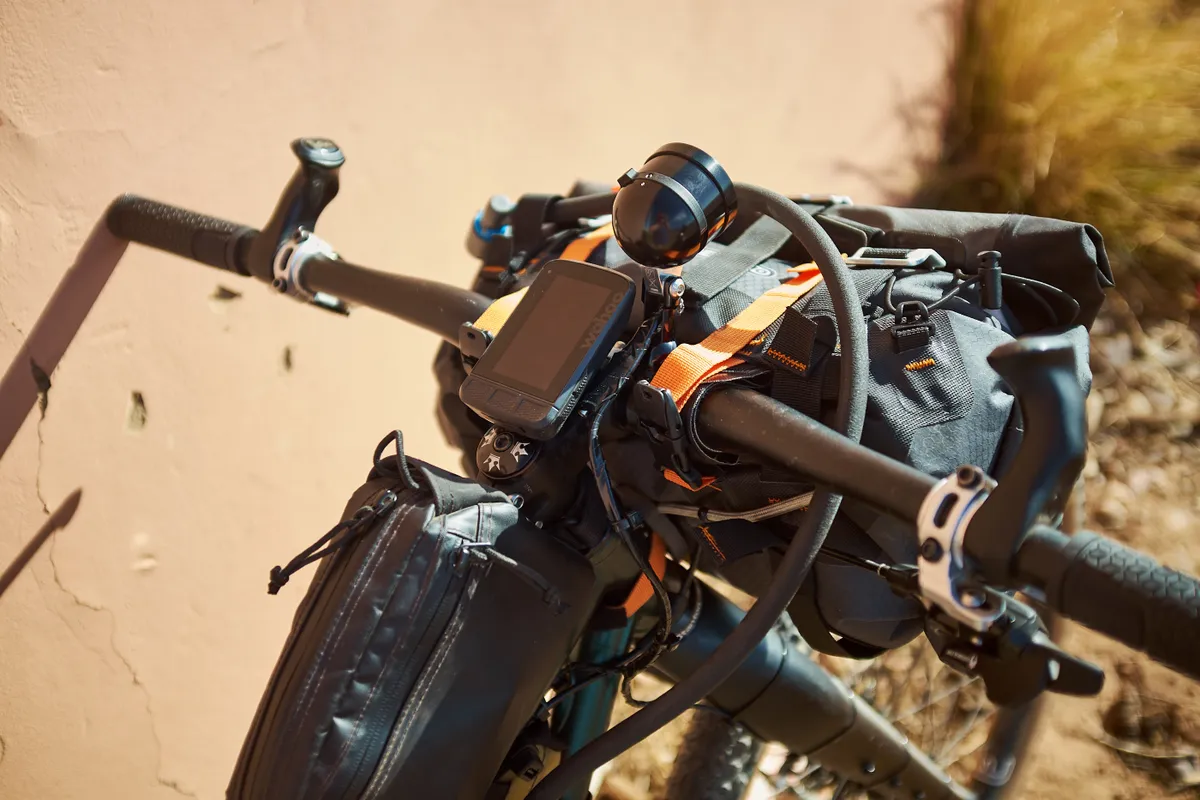
Bikepacking bags may not offer the same capacity as a traditional touring bike, and they can be prone to jiggling around a little.
But careful bag choice and thoughtful packing can overcome these limitations and give you a versatile, lightweight bikepacking setup to carry everything you need.
Working from the front of the bike back, we’ll run through the main bags on offer, their benefits and uses, and what to look out for if you’re investing in a bikepacking setup.
Bikepacking handlebar bags explained
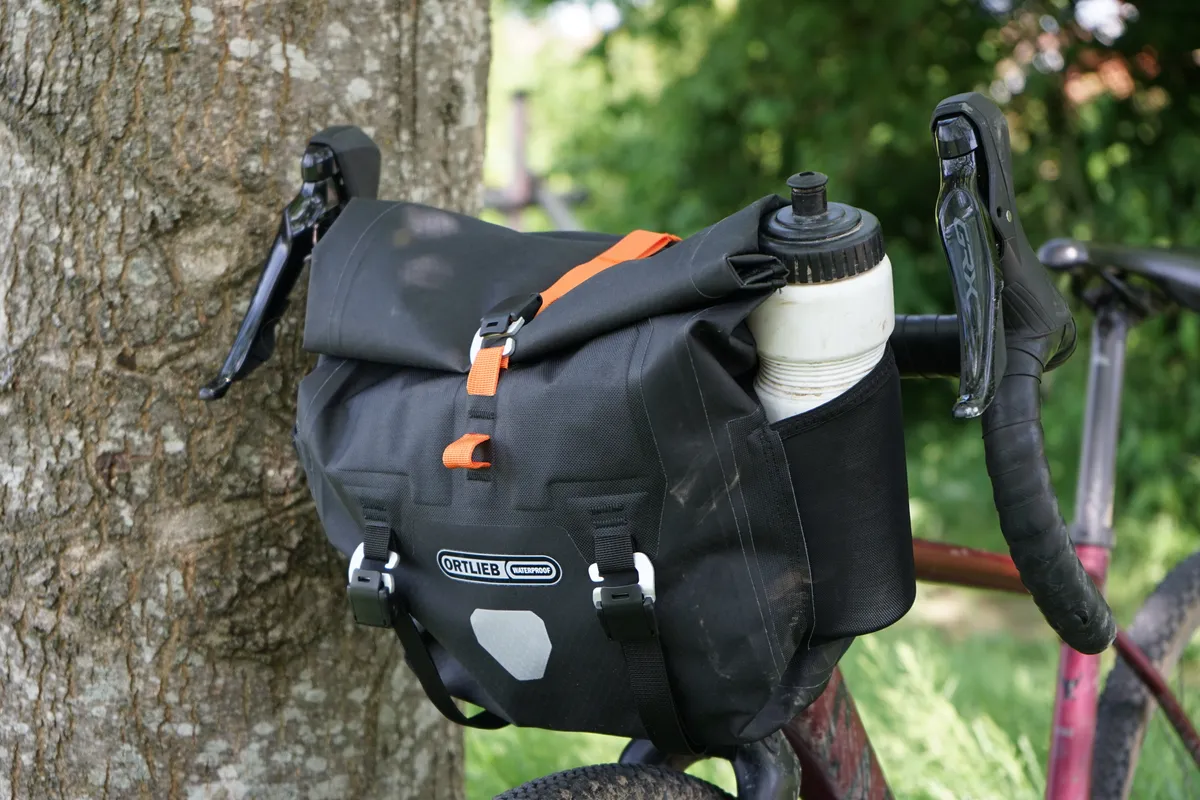
A handlebar bag (sometimes referred to as a handlebar pack) sits between the brake/gear levers and is fixed to the handlebar. While they’re great for bikepacking, smaller handlebar packs are also gaining in popularity for day-long rides and audaxes.
Items kept in a handlebar pack are going to be a bit awkward to access while riding because typically you will need to undo all the fixings and take the bag off before you can open it, so it’s best to use these for the kit you’ll need overnight but are happy to be without during the day.

Small handlebar bags will often have a zip closure for easy access, though.
It’s worth remembering that the volume you can store in a handlebar bag will, of course, depend on your bike’s handlebar. Flat-bar bikes will have the freedom to take a larger bag, while drop-bar bikes will be limited to a bag that leaves space for shifter movement when changing gear.
Handlebar bags usually have adjustable volume, often with a roll-top closure, so offer some leeway for fitting your bike’s dimensions.
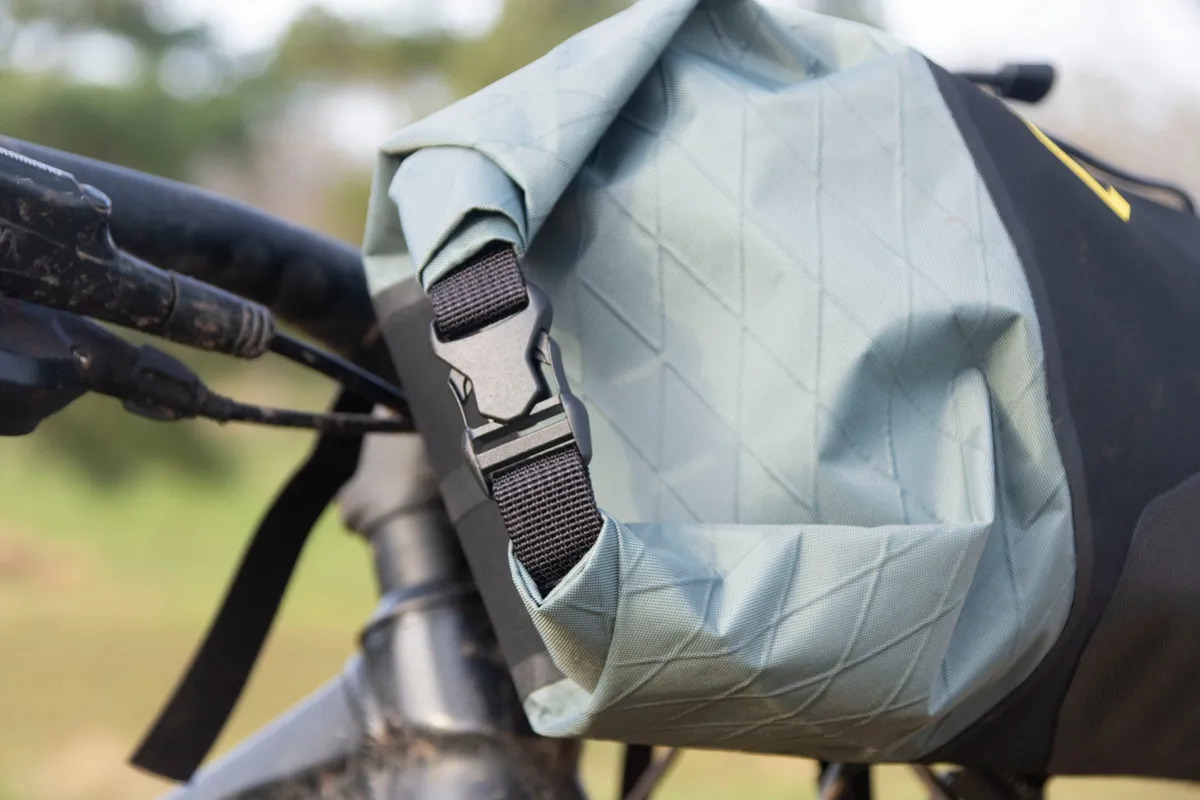
When choosing a handlebar pack, look for something waterproof because you don’t want to be setting up camp in a soggy sleeping bag. Some bags also have storage straps or nets on the outside which are handy for stuffing that raincoat you’ve just taken off.
Finally, if you’re on the fence about whether this might be your thing, a good-quality dry bag lashed to your bike's handlebar with a tie-down strap also works.
Bikepacking fork bags explained
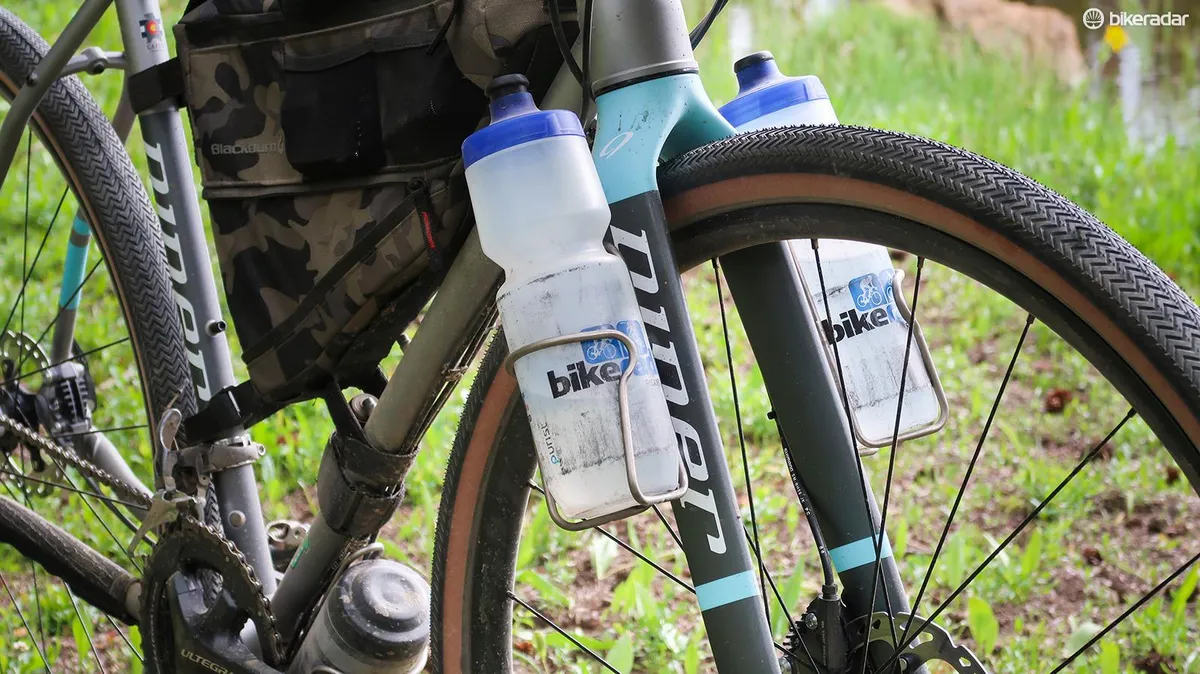
Mounted to the fork using bottle-cage style mounts or a mount adaptor, fork bags are a good place to store bulky and heavy items because their low position on the bike contributes to stability.
You can get fork bags in a wide range of sizes, broadening the carrying capacity of your bike significantly.
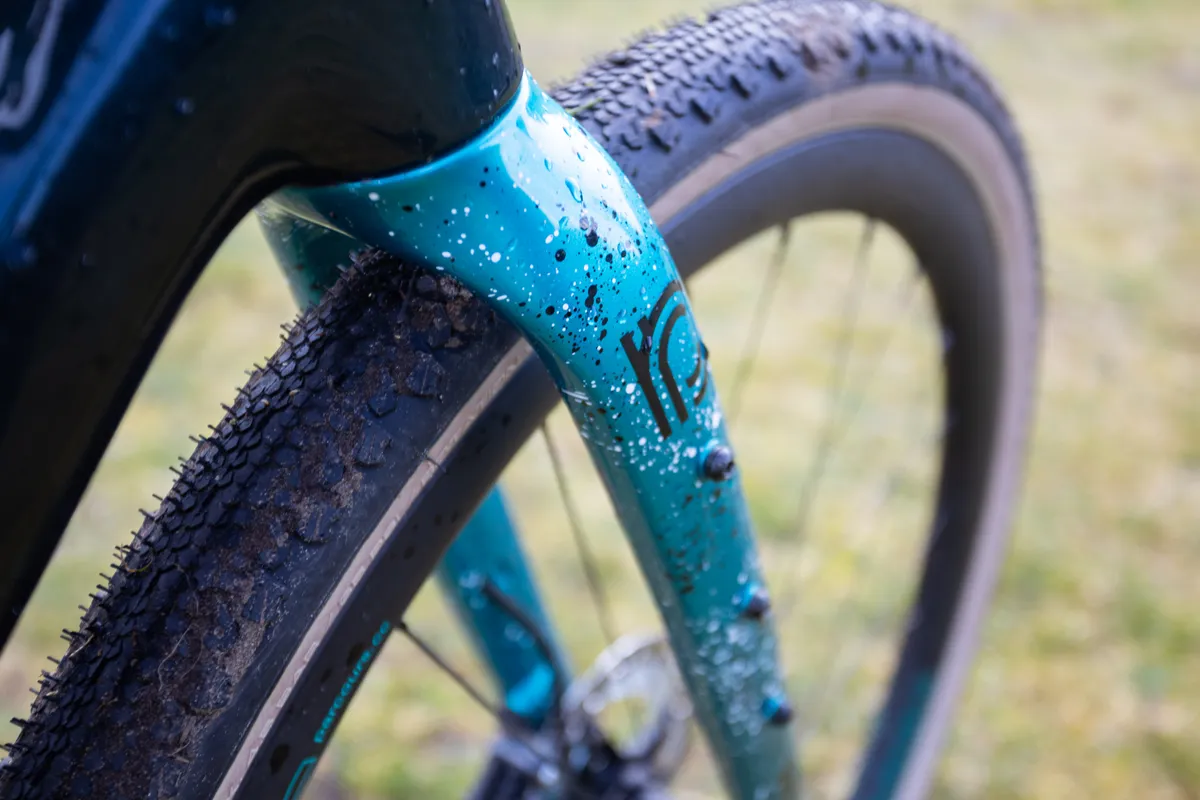
Mounts and bags can be purchased separately or together. Many of the latest gravel bikes have a fork with mounting points for cages and, while opens up more options when buying fork bags, there are bags and cages designed for bikes that don’t have fork mounts.
Care should be taken when choosing your mount and bag combination because some won’t work on carbon forks, forks without mounts, or forks with a tapering diameter.
Bikepacking cockpit bags explained

Cockpit bags are ideal for the items you’ll want to hand throughout the day’s riding. Broadly speaking, cockpit bags can be split into two categories: stem bags and top tube bags.
Bikepacking stem bags

Stem bags, sometimes referred to as ‘snack pods’, are cylinder-shaped and sit behind the handlebar, secured to the bar and either the top tube or fork.
They’re small in volume (usually 500ml to 1 litre), but are incredibly handy for storing those items you’ll want to access often. Some brands offer item-specific stem bags – for example, for a camera – so your choice of bag often depends on the riding you’re planning.
Bikepacking top tube bags

Top tube bags or ‘Bento’ bags sit on the top tube, attached via the tube itself and often the stem as well.
Size varies, from small bags for easy-access items, such as snacks or valuables, to bags spanning the length of the top tube. New gravel bikes now often feature mounting bolts on the top tube for a bag, to provide a more secure fixture.
Bikepacking frame packs explained

Frame bags fit between the top tube, down tube and seat tube of your bike frame.
Offering well-balanced, aerodynamic carriage, these are a favourite for ultra-distance racing. Storing heavier items, such as tools or food, in the frame bag is a good idea because this helps to maintain a low centre of gravity.

Frame bags are ideal for taller riders with bigger frames because on smaller bikes (and especially women’s-specific bikes) it can be tricky to fit a frame bag around water bottles and bottle cages.
Despite this, there are still options, with some brands offering custom-sized frame bags fitted to your bike’s dimensions. Size and shape will also be important if you’re using a full-suspension mountain bike, to avoid the bag interfering with the suspension.
Bikepacking saddle packs explained
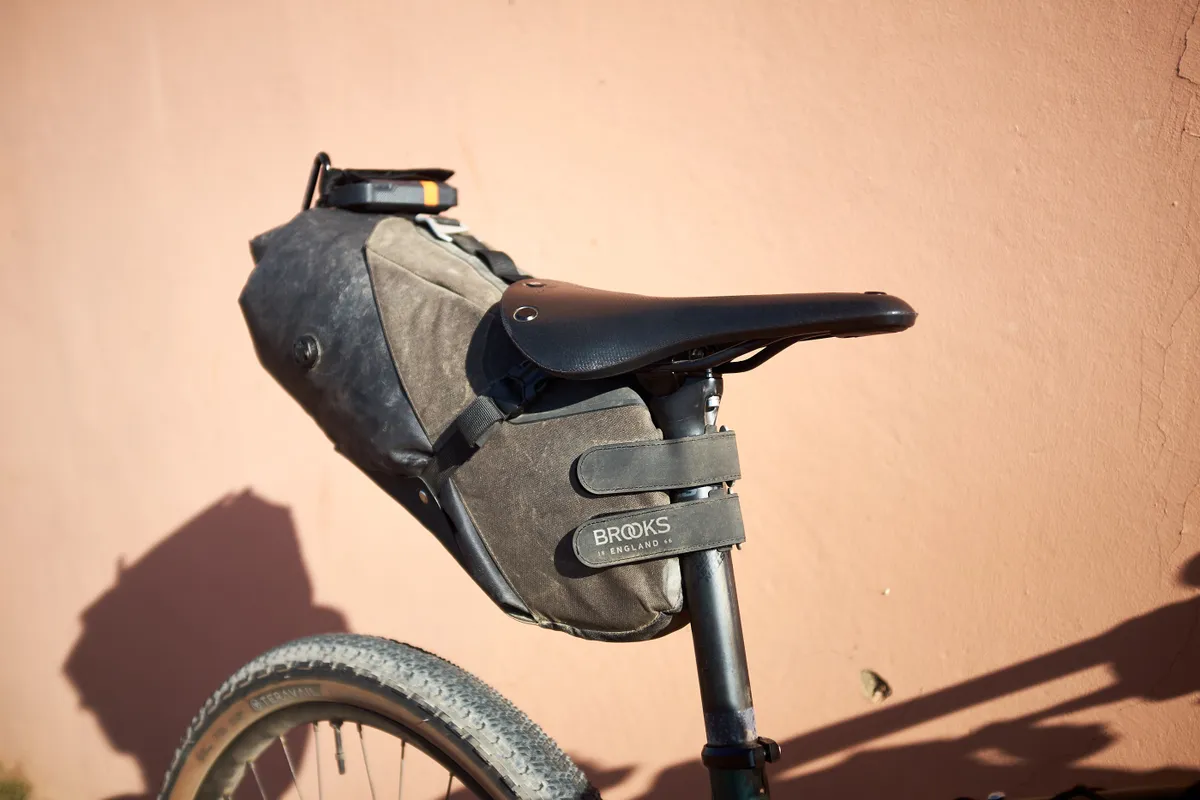
Bikepacking saddle bags or seat packs sit behind the rider, attaching around the seatpost and through the saddle rails.
A saddle pack provides the classic bikepacking look and marks out a bikepacking rig from a conventional touring setup with a pannier rack on the rear of the bike. Saddle packs come in a range of sizes, with a typical capacity from 8 to 18 litres.
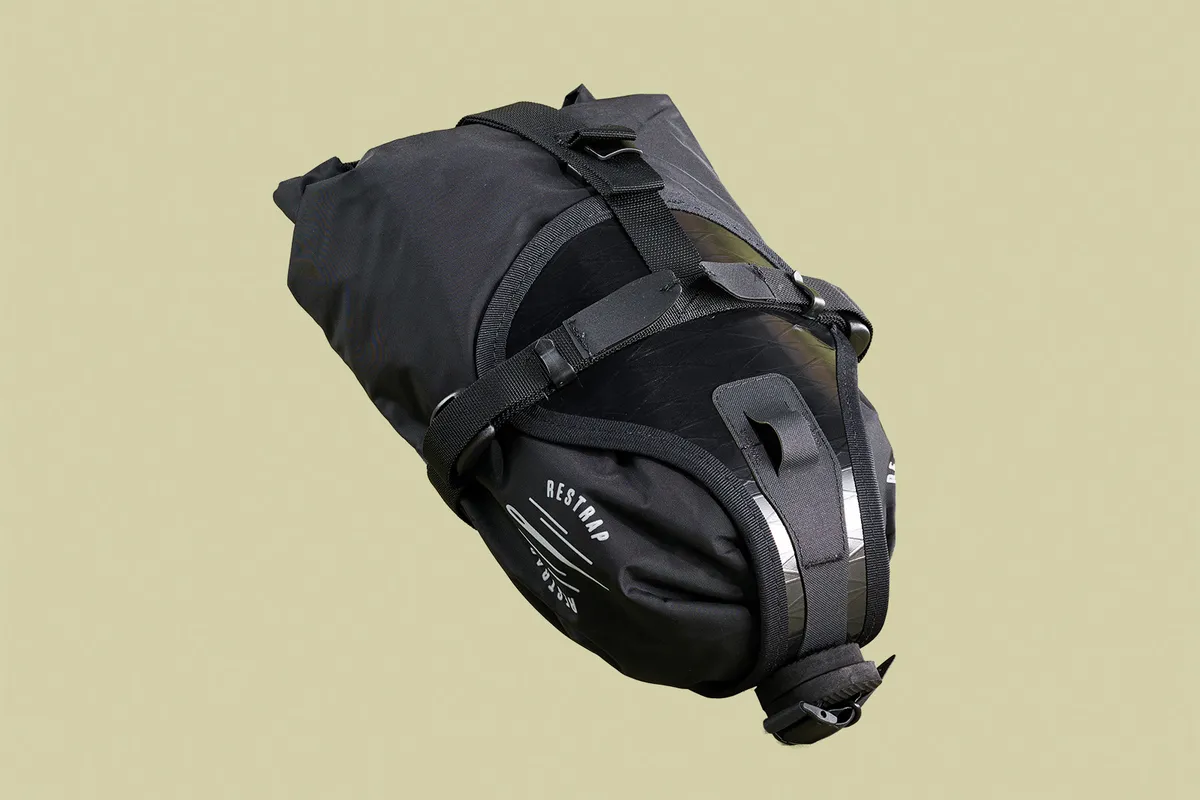
One key advantage of a saddle pack is the relatively easy access to your belongings during a ride. You’ll need to stop before you can access anything, of course, but it’s easy to open the bag and grab what you need – providing you pack smartly (we’ll come on to this).
Most bags are designed with a roll-top closure, allowing the bag to become smaller or larger – another advantage – and keeping the contents secure and firmly attached to the bike.
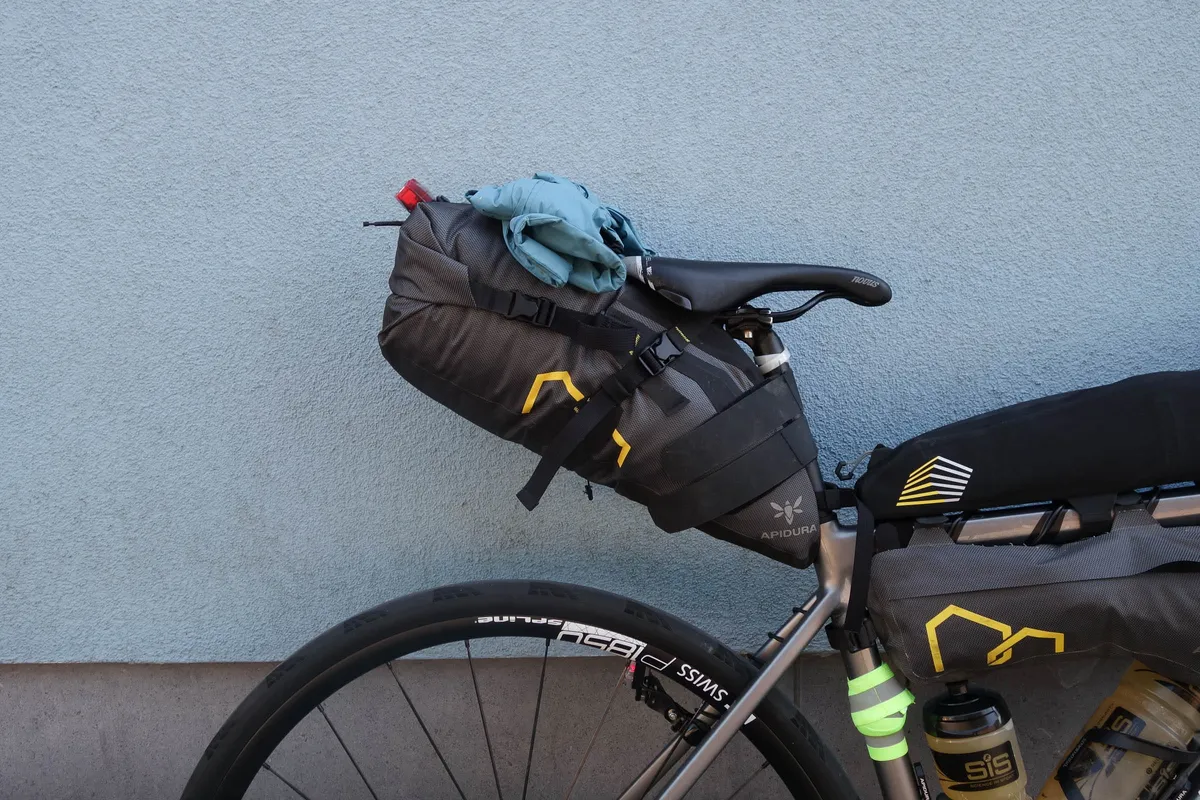
However, saddle packs can also provide some challenges for smaller and women’s-specific bikes, requiring sufficient space between the saddle and rear wheel to fit effectively. However, some bags are designed specifically for use with minimal clearance.
Bikepacking packaway bags explained
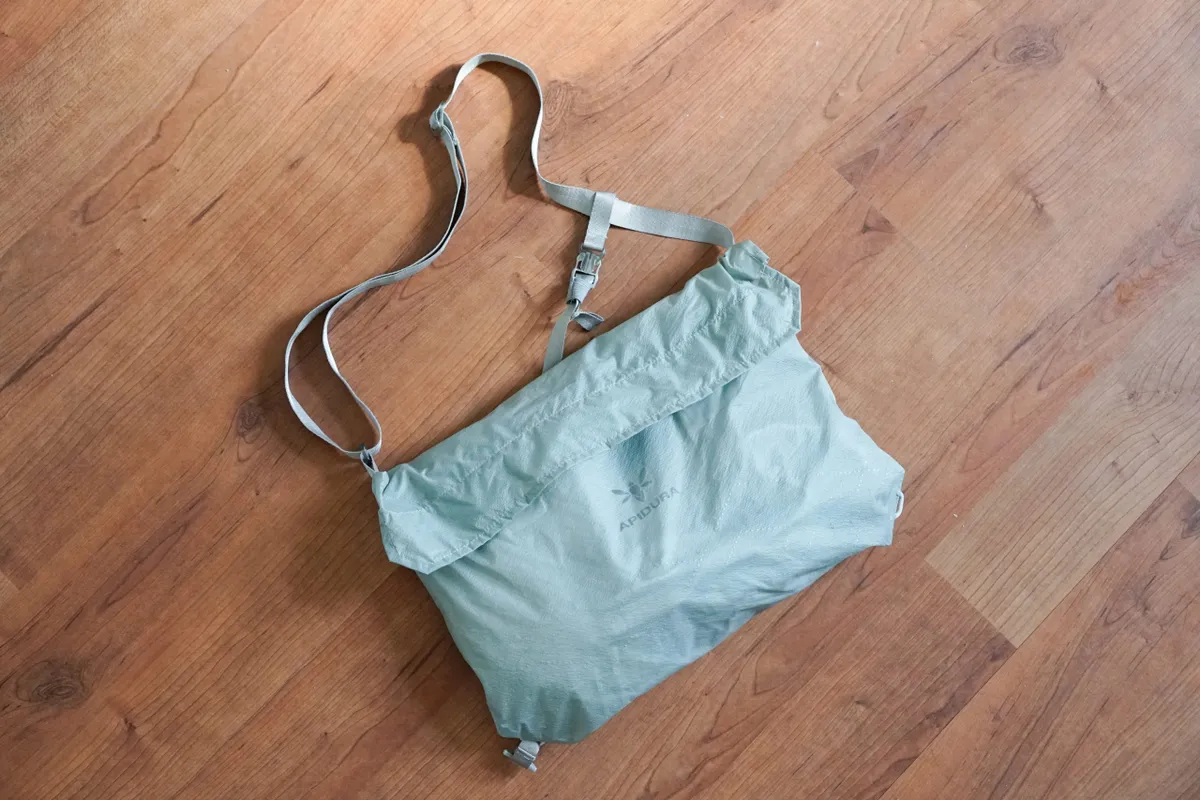
At some point during a bikepacking trip, you’ll inevitably need a bit more space. Enter the packaway bag.
The ideal packaway bag is a tiny foldable rucksack or musette, designed to be small and light. They’re not for wearing all day but are helpful if the weather has warmed and you’ve got more layers to carry, or for when you’ve just restocked with supplies for the night. You can also use it as a shopping bag for picking up those supplies.
More bikepacking advice
Bikepacking bags are just one consideration when it comes to planning your adventure.
Our guide to bikepacking explains what supplies you should take – for overnight trips to month-log epics – as well as how to pack your bags and general bikepacking advice.
We also explain how to create the perfect bikepacking bike as well as how to dial your mountain bike bikepacking setup.
Elsewhere, we cover our favourite bikepacking routes and pilgrimage routes you can cycle.
